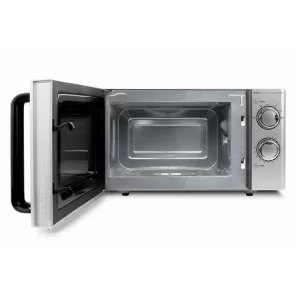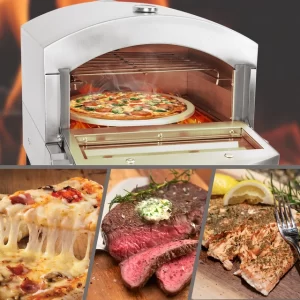Do gas ovens have a pilot light?
Introduction:
Gas ovens have been a popular choice for cooking and baking due to their precise temperature control and efficient heating capabilities. One common question that arises is whether gas ovens have a pilot light. In this article, we will explore the presence of a pilot light in gas ovens, discuss alternative ignition systems, and consider the advantages and considerations of each option. By understanding the ignition mechanisms of gas ovens, users can make informed decisions and ensure safe and efficient operation.
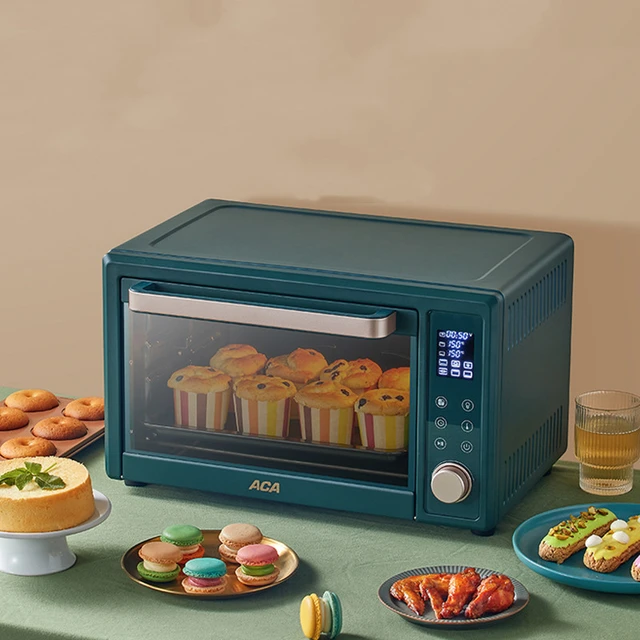
Do gas ovens have a pilot light?
Overview of Gas Ovens:
a. Gas Fuel Source: Gas ovens utilize natural gas or propane as their fuel source. These gases are supplied through a gas line connected to the oven.
b. Heating Mechanism: Gas ovens generate heat through a gas burner located at the bottom of the oven. This burner is ignited to create a flame that heats the oven cavity.
Traditional Gas Ovens with Pilot Lights:
a. Presence of Pilot Lights: Traditional gas ovens often feature a pilot light, which is a small, continuously burning flame. The pilot light serves as an ignition source for the main burner.
b. Pilot Light Function: The pilot light remains lit continuously, even when the gas oven is not in use.
c. Advantages of Pilot Lights:
Simplicity: Traditional gas ovens with pilot lights have a straightforward ignition mechanism that requires minimal user intervention.
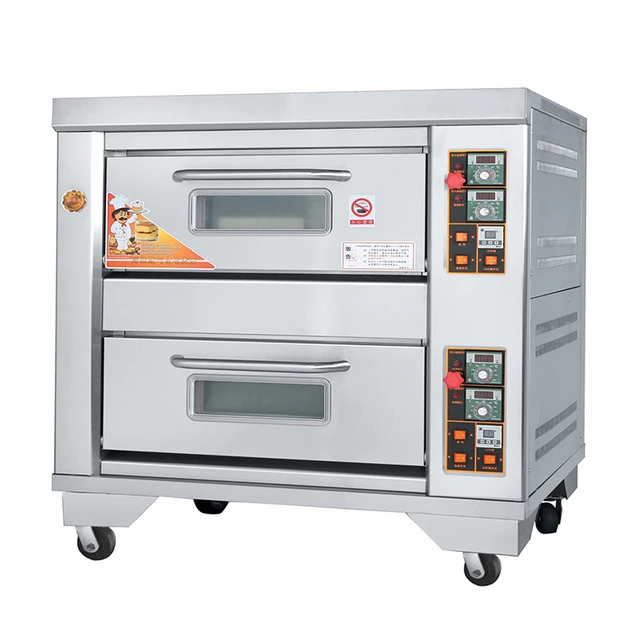
Modern Gas Ovens with Electronic Ignition:
a. Electronic Ignition Systems: Many modern gas ovens are equipped with electronic ignition systems, which have largely replaced pilot lights in newer models.
b. Spark Ignition: In spark ignition systems, an electric spark is used to ignite the gas flow to the main burner. When the oven is turned on, the spark ignition system generates a spark that ignites the gas.
c. Hot Surface Ignition: Hot surface ignition systems utilize a hot element, similar to a glow plug, to ignite the gas flow. The hot surface heats up when the oven is turned on, igniting the gas to create a flame.
d. Advantages of Electronic Ignition:
Safety: Electronic ignition systems have safety features that automatically shut off the gas flow if the flame is extinguished. This prevents the build-up of unburned gas and potential gas leaks.
Convenience: With electronic ignition, there is no need to manually light a pilot light or relight it if it goes out.
Considerations for Gas Ovens with Pilot Lights:
a. Safety Precautions: If a gas oven has a pilot light, it is important to follow safety precautions. Ensure that the pilot light is always lit and functioning properly. If the pilot light goes out, consult the manufacturer’s instructions for relighting it.
b. Energy Consumption: Gas ovens with pilot lights consume a small amount of energy continuously, as the pilot light remains lit even when the oven is not in use. This may result in slightly higher energy consumption compared to ovens with electronic ignition.
c. Flame Monitoring: Some gas ovens with pilot lights have a flame monitoring system that automatically shuts off the gas flow if the pilot light or main burner flame is extinguished. This adds an extra layer of safety to prevent gas leaks.
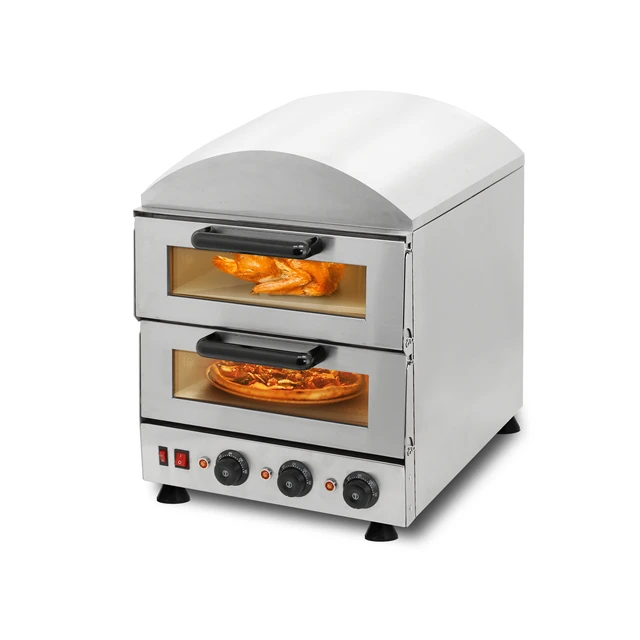
Maintenance and Safety Tips for Gas Ovens:
a. Regular Maintenance: Regardless of the ignition system, all gas ovens require regular maintenance to ensure proper functioning. Clean the oven regularly, check for any signs of gas leaks, and schedule professional inspections to ensure safety.
b. Monitor Flame Appearance: If your gas oven has a pilot light or electronic ignition, regularly monitor the appearance of the flame. It should be a steady, blue flame.
c. Keep the Oven Clean: Regularly clean the oven to remove any food residue or grease buildup. This not only helps with the oven’s performance but also ensures safer operation.
d. Proper Ventilation: Gas ovens produce combustion byproducts, including carbon monoxide. Ensure that the kitchen is well-ventilated to allow for the safe release of these byproducts. Install and maintain carbon monoxide detectors in your kitchen and home for added safety.
e. Gas Leaks: If you ever smell gas in your kitchen or suspect a gas leak, immediately turn off the gas supply, open windows, and leave the area. Contact your gas company or a professional technician to address the issue.
f. Follow Manufacturer’s Instructions: Always refer to the manufacturer’s instructions for your specific gas oven model. They provide important safety guidelines, maintenance recommendations, and troubleshooting information.
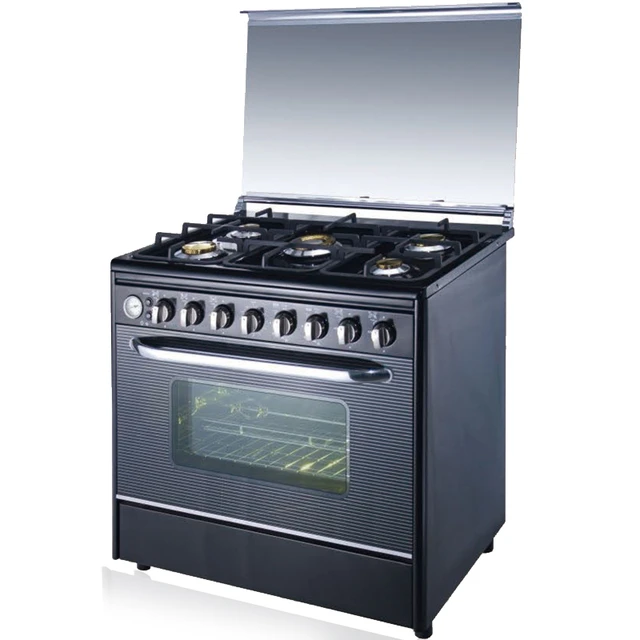
Choosing the Right Gas Oven:
a. Consider Your Cooking Needs: When selecting a gas oven, consider your cooking habits, the number of people you cook for, and the types of dishes you prepare. This will help determine the appropriate oven size and features that suit your needs.
b. Energy Efficiency: Look for gas ovens that are energy-efficient and have high ENERGY STAR ratings. This ensures that the oven operates efficiently and minimizes energy consumption.
c. Safety Features: Consider gas ovens that have safety features such as flame monitoring systems, automatic shut-off valves, and child lock functions. These features provide added peace of mind during operation.
d. Ease of Use: Choose a gas oven with intuitive controls and user-friendly features. This will make cooking and operating the oven more convenient and enjoyable.
e. Quality and Reliability: Research reputable brands that have a track record of manufacturing high-quality and reliable gas ovens. Read customer reviews and consider warranties to ensure long-term satisfaction with your purchase.
Maintenance and Safety Considerations:
a. Regular Inspection: Regardless of the ignition system, it is important to conduct regular inspections of the gas oven to ensure everything is functioning properly. Check for any signs of damage, such as cracks or leaks, and address them immediately.
b. Cleaning and Maintenance: Keep the oven and its components clean to prevent any blockages or obstructions that may affect the ignition or gas flow. Follow the manufacturer’s instructions for cleaning and maintenance, paying attention to any specific recommendations for the ignition system.
c. Carbon Monoxide Awareness: Gas ovens, like any gas-fueled appliance, produce carbon monoxide, a potentially dangerous gas. Ensure that the kitchen is well-ventilated to allow for the safe release of combustion byproducts. Install carbon monoxide detectors in the kitchen area to provide an additional layer of safety.
d. Professional Maintenance: Consider scheduling regular professional maintenance for your gas oven. Professional technicians can inspect the ignition system, clean and adjust components, and ensure that everything is operating safely and efficiently.
e. Safety Precautions: Familiarize yourself with the safety features and emergency shut-off procedures of your gas oven. In case of a gas leak or other emergencies, know how to turn off the gas supply and contact the appropriate authorities.
Personal Preferences and Considerations:
a. Fuel Availability: Consider the availability and cost of natural gas or propane in your area when choosing a gas oven. Ensure that a reliable gas supply is accessible for proper operation.
b. Cooking Style: Think about your cooking preferences and the types of dishes you commonly prepare. Gas ovens provide excellent heat control, making them suitable for a wide range of cooking techniques. If you prefer precise temperature adjustments or quickly changing heat levels, a gas oven may be the ideal choice.
c. Energy Efficiency: Gas ovens are generally more energy-efficient than electric ovens. The direct flame and quicker heat-up time contribute to reduced energy consumption. Consider the long-term energy savings when comparing gas and electric oven options.
d. Noise Levels: Some users find the constant hissing sound of a pilot light in traditional gas ovens to be bothersome. Electronic ignition systems, on the other hand, operate silently, providing a quieter cooking experience.
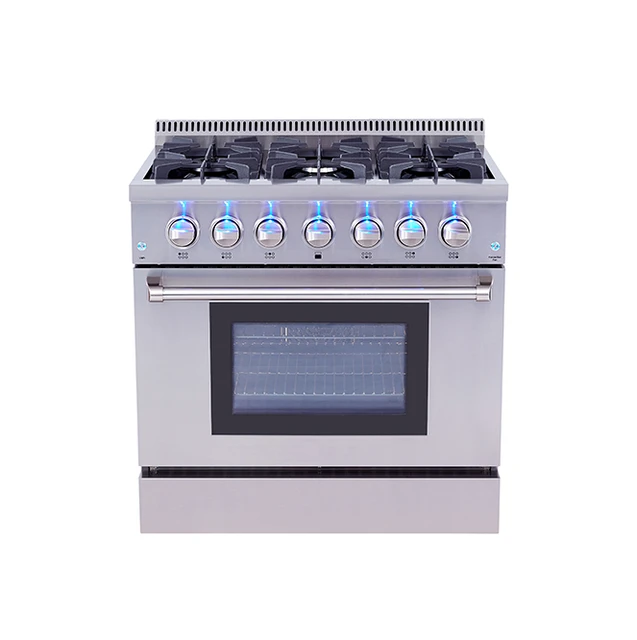
Conclusion:
While traditional gas ovens often featured pilot lights, modern gas ovens have largely transitioned to electronic ignition systems. Pilot lights provide a reliable ignition source, while electronic ignition systems offer energy efficiency, safety features, and convenience. Users should be aware of the ignition mechanism of their gas ovens and follow the necessary safety precautions. Gas ovens with pilot lights require regular monitoring to ensure the pilot light is functioning properly. Ovens with electronic ignition systems offer improved energy efficiency and safety features, automatically shutting off the gas flow if the flame is extinguished. By understanding the ignition options available in gas ovens, users can make informed decisions and enjoy safe and efficient cooking experiences.
